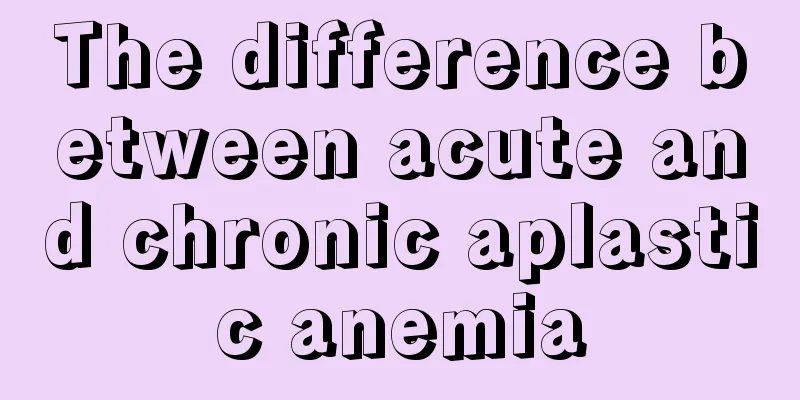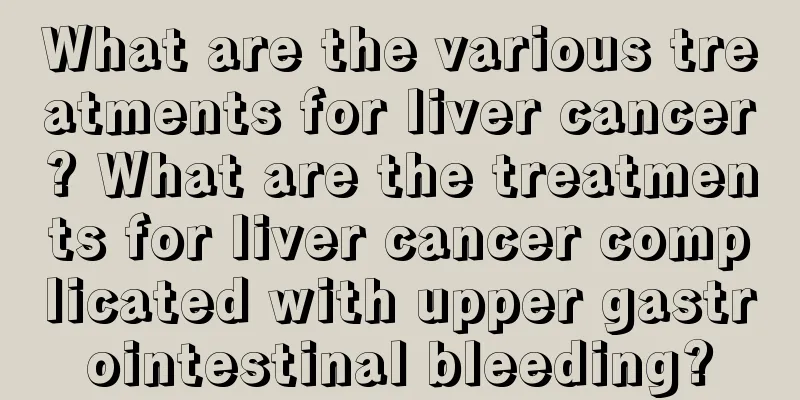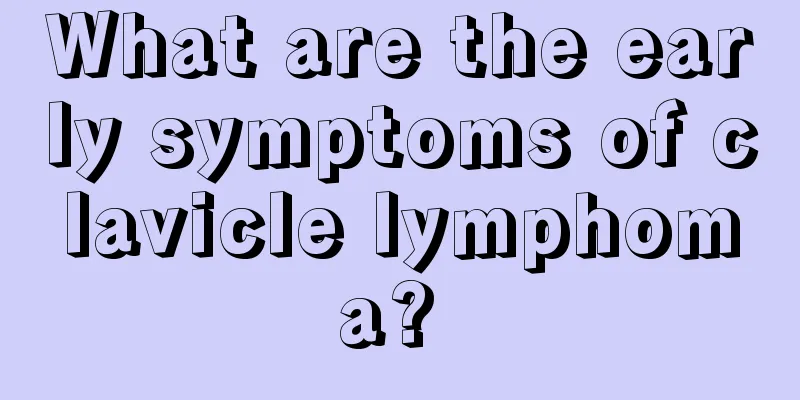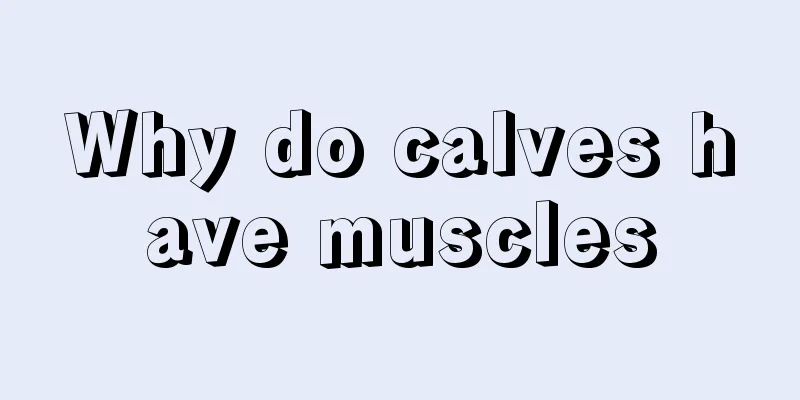Do esophageal polyps need to be removed?

|
Esophageal polypectomy is actually a better surgical treatment method, but these operations are performed only when it is confirmed that the patient with esophageal polyps has no contraindications to surgery. Because some people are not suitable for surgery, once surgery is performed, massive bleeding in blood vessels may occur. Therefore, the treatment plan for some conditions must also be decided based on the patient's actual situation, and more attention should be paid to care and recovery after the operation. 1. Treatment 1. Patients with confirmed esophageal polyps should undergo surgical resection if there are no contraindications to surgery. According to recent literature reports, about 1/3 of cervical esophageal polyps can be removed with a snare under direct vision through an esophagoscopy, and the polyp pedicle can be electrocoagulated to stop bleeding, or the polyp pedicle can be electrocauterized through an esophagoscopy and then completely removed. Patle et al. (1984) believed that the pedicle of esophageal polyps contains large nutrient arteries, and it is not suitable to remove such polyps by endoscopy. Once the pedicle blood vessels bleed severely after removal, electrocoagulation should be used to control the bleeding. 2. For polyps occurring in the upper or middle esophagus, the esophagus with the polyp can be exposed through a cervical incision or a thoracotomy incision according to the specific location of the polyp. The esophageal cavity can then be cut open and the polyp can be completely removed from the polyp pedicle. The pedicle can be properly hemostatically tied or sutured, and then the incision in the esophageal wall can be sutured. 3. Many people believe that if the diameter of an esophageal polyp is less than 2 cm, it can be removed with a snare through a cervical endoscope; if the length of the polyp is greater than 8 cm or the polyp is oval, a neck incision must be made to open the cervical esophageal cavity and then the polyp must be removed. Because the pedicles of most esophageal polyps are located in the cervical esophagus, the polyp and its pedicle can be removed at the same time through a neck incision. The patient's dysphagia can be completely relieved after surgery. (II) Prognosis The treatment effect of esophageal polyps is satisfactory, the prognosis is good, there are no reported cases of surgical death, and postoperative polyp recurrence is rare. Duke reported a case of a 46-year-old male who underwent endoscopic removal of a cervical esophageal polyp. Seven years later, a pathological biopsy confirmed the polyp to be an esophageal liposarcoma. |
<<: Are vocal cord polyps serious?
>>: What are the benefits of fruit persimmon
Recommend
How to tell if you can still grow taller
Now everyone's living standards have been imp...
Stomach bloating, vomiting, dizziness
The phenomenon of stomach bloating mostly refers ...
Why is there a little concave in the middle of the chin
Some people have a small depression in the middle...
Why does my nose feel dry, itchy and painful?
Adverse symptoms such as dry, itchy and painful n...
Is the Cassia Seed Pillow Core Good
Cassia seed pillow core is a common health care p...
How to treat mouth ulcers?
Speaking of oral ulcers, it makes many people ver...
Does eating too much ginger increase the risk of liver cancer? To prevent liver cancer, this is the best way to eat ginger
Ginger is an indispensable condiment in the diet ...
Nursing measures for colon cancer ostomy
Colostomy is a common procedure in colorectal sur...
How to fry salt and pepper melon seeds
Not only can you make delicious food, but you can...
Is the ten-year survival rate of kidney cancer below 4 cm high?
Is the ten-year survival rate high for kidney can...
13 signs of brain fatigue among office workers
Are you brain fatigued? You may wonder what brain...
Metastasis and spread of pancreatic cancer
The pancreas is prone to metastasis due to its th...
What should I do if my gums are swollen and painful?
Getting angry is a very common disease in normal ...
Is running aerobic or anaerobic
For women, if they want to lose weight, they are ...
Can late marriage really prevent cervical cancer? What are the dietary taboos during cervical cancer treatment?
Cervical cancer is the most common gynecological ...









